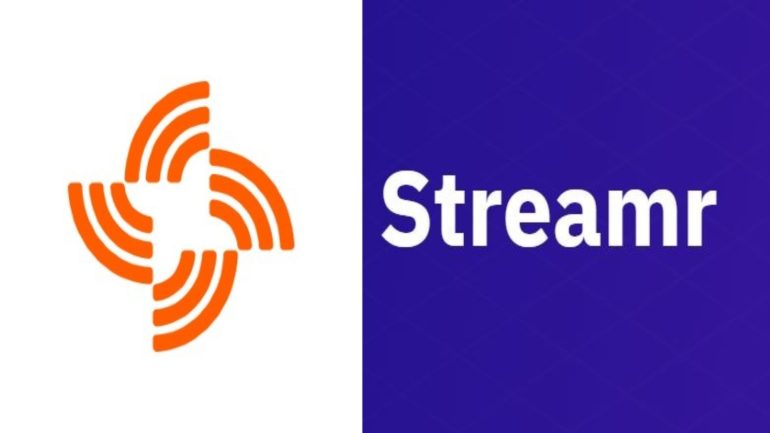Streamr, the platform building the real-time data protocol of the decentralized web, has launched its Testnet 2. The second incentivized testnet by Streamr started on 21st December and will conclude on 8th January 2024. The project has set aside a reward pool of 1.5 million DATA tokens, equivalent to about $104k USD at the time of this writing. The rewards will go to node Operators to incentivise them to help build a next-generation decentralized data broadcast network.
Testnet 1, which ran from 5th to 12th December 2023, was a success, and had a reward pool of 1 million DATA tokens, equivalent to $69,000. The reward pool will grow to 2.5 million DATA ($173,000) during Testnet 3, which will run from January 15th- January 29th. This will usher the official launch of the much-awaited Streamr 1.0 in February 2024.
How to participate in Testnet 2
Similar to Testnet 1, in order to participate in the DATA incentives, users must either upgrade to the Streamr Node’s latest version and become an Operator. Alternatively, they can delegate their DATA tokens to a trustworthy Operator.
Nodes under the control of an operator always stay online and have enough hardware to process the available incentive streams. This ensures that they can correctly send messages to other nodes in the network. Delegators support the ecosystem by supplying liquidity using DATA tokens.
Stream Sponsorships are decentralised contracts that pay out to node runners (Operators) in installments. As with conventional networks, this system uses service level agreements (SLAs), thereby ensuring the steady flow of data. The Operator’s position in the Sponsorship defines the magnitude of their token flow share.
There will be ongoing stream sponsorships until Testnet 2 concludes on January 8, 2024. Similar to Testnet 1, the penalty for Node Operators will remain modest.
The 1.0 milestone is the last step in the 2017 roadmap, and it allows Sponsors and Operators to use the Streamr Network’s currency, DATA, to pay for distribution through peer-to-peer market forces. As a result, the Network is now completely decentralised and ready for production, and the team can begin investigating some fascinating new use cases:
DePINs
Stream 1.0 will improve the data broadcasting capabilities of Decentralised Physical Infrastructure Networks (DePINs) . The serverless, safe, and scalable design of the Streamr Network holds great potential as a platform that assists DePINs in gradually decentralising their tech stack, as they transition from centralised data centres to a network of individual contributors.
Decentralized AI
Streamr takes on this role, has the potential to act as a neutral data layer that AI can rely on for secure, real-time data access. This is critical for ensuring transparency, security, reliability and development of AI. Additional potential uses for the Streamr Network include facilitating communication and collaboration amongst AI models.
Furthermore, this could help collect and exchange real-time data streams to improve the collective intelligence of these models. Such functionalities are especially important in a world where there are rising concerns about the risks of some potential AI use cases. However, neutral, decentralised networks like Streamr which enable verifiable communication could help ensure smooth adoption of AI into daily lives.
Decentralized video streaming
Streams has been exploring the reliability and scalability of decentralised live video streams. One potential solution to the current problem of relying on centralised middlemen to disseminate material globally is the use of peer-to-peer (P2P) protocols for live video streaming, like Streamr. The Streamr Protocol could offer a more efficient, environmentally friendly, and scalable distribution mechanism. This would transform live video feed consumers into the pipeline that distributes the feeds.

